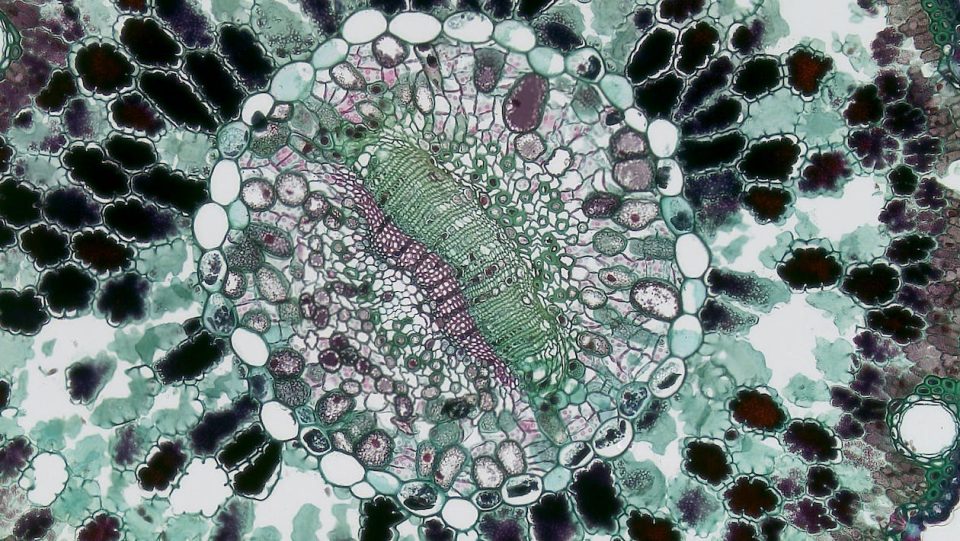
The evolution of birds from dinosaurs is a fascinating topic that has intrigued biologists for over a century. Birds are the only surviving descendants of a group of theropod dinosaurs that evolved over 150 million years ago. The transformation from a terrestrial dinosaur to a flying bird involved a series of significant adaptations, including changes in skeletal structure, feathers, and metabolism. In this essay, we will explore the key adaptations that led to the evolution of birds from dinosaurs.
One of the most significant adaptations that led to the evolution of birds was the development of feathers. Feathers are unique to birds and have several functions, including insulation, aerodynamics, and display. However, the evolution of feathers did not happen overnight. Scientists believe that the first feathers evolved from scales on the skin of small, feathered dinosaurs like Sinosauropteryx and Microraptor. These feathers were not used for flight but probably helped these early dinosaurs to regulate their body temperature and to display during mating rituals. Over time, feathers became more complex and developed into the flight feathers that we see in modern birds today.
The development of feathers was not the only significant adaptation that led to the evolution of birds. The skeletal structure of birds is also unique and has several features that are not found in any other animals. For example, birds have a lightweight, pneumatic skeleton that is full of air sacs. These air sacs are connected to the respiratory system and help to provide oxygen to the muscles during flight. Additionally, the bones of the wings and legs are fused, providing a strong and rigid structure that is essential for flight.
Another adaptation that is essential for flight is the development of a powerful flight musculature. Birds have a unique set of flight muscles that are not found in any other animals. These muscles are attached to the keel of the sternum, which provides a large surface area for muscle attachment. Additionally, birds have a high metabolic rate, which is necessary for the production of energy required for flight. The evolution of these adaptations allowed birds to become one of the most successful groups of animals on the planet.
One of the most interesting aspects of bird evolution is the transition from a terrestrial lifestyle to a fully airborne lifestyle. Scientists believe that this transition was gradual and occurred over millions of years. Early birds like Archaeopteryx were probably not capable of sustained flight but may have been able to glide short distances. However, over time, birds evolved more efficient wings and flight muscles, which allowed them to become capable of sustained flight. The evolution of flight was a significant milestone in bird evolution and allowed birds to colonize nearly every habitat on Earth.
Another adaptation that was essential for the evolution of birds was the development of a beak. Beaks are unique to birds and are used for a variety of functions, including feeding, grooming, and defense. The evolution of the beak was a gradual process, and early birds like Archaeopteryx had a primitive jaw structure that was similar to their dinosaur ancestors. However, over time, the jaw structure became more specialized, and the beak evolved to become more efficient for various tasks.
In addition to these adaptations, several other changes occurred during the evolution of birds from dinosaurs. For example, birds have a unique digestive system that is specialized for their high metabolic rate and flight requirements. They have a four-chambered stomach, which allows for the efficient breakdown of food and the extraction of nutrients. Additionally, birds have a highly developed nervous system, which is essential for flight control and coordination.
In conclusion, the evolution of birds from dinosaurs was a complex process that involved several significant adaptations. The development of feathers, the pneumatic skeleton, the powerful flight musculature, and the beak were all essential for the evolution of birds. Additionally, the transition to a fully airborne lifestyle and the development of a specialized digestive and nervous system were also crucial adaptations. Together, these adaptations allowed birds to become one of the most successful groups of animals on Earth, with nearly 10,000 species distributed across every continent and inhabiting diverse environments ranging from rainforests to deserts to the open ocean.
It is worth noting that the evolution of birds from dinosaurs is still an active area of research, and new discoveries continue to shed light on this fascinating process. For example, recent fossil finds in China have revealed the existence of feathered dinosaurs that are even more closely related to birds than Archaeopteryx, suggesting that the evolution of feathers may have been an even more complex process than previously thought. Similarly, advances in genetics and molecular biology are helping researchers to better understand the genetic mechanisms underlying bird evolution and the relationships between different bird species.
In conclusion, the evolution of birds from dinosaurs is a remarkable example of how evolution can produce radically different forms of life through a process of gradual adaptation and specialization. The development of feathers, the pneumatic skeleton, the powerful flight musculature, and the beak were all essential adaptations that allowed birds to become one of the most successful and diverse groups of animals on Earth. As we continue to uncover new information about the evolutionary history of birds, we are gaining a deeper appreciation for the incredible adaptability and resilience of life on our planet.







